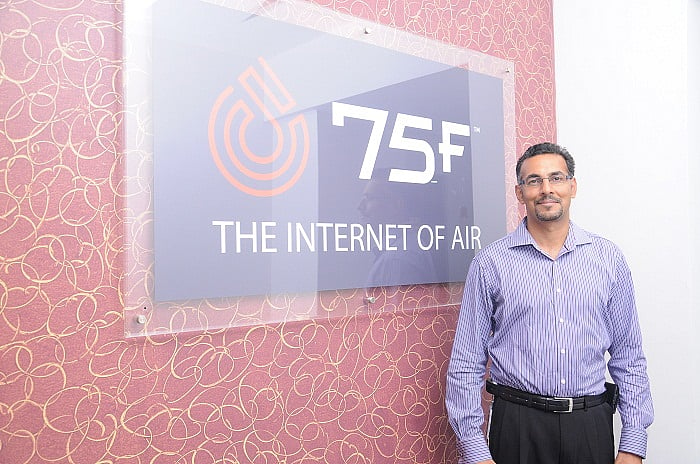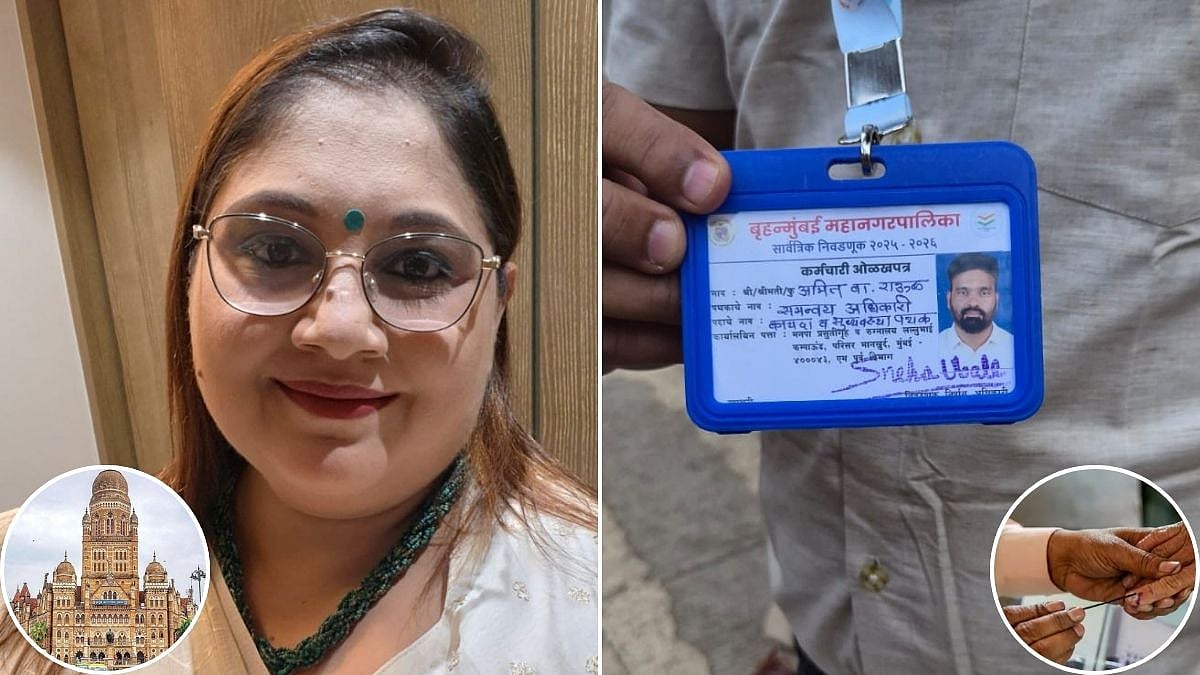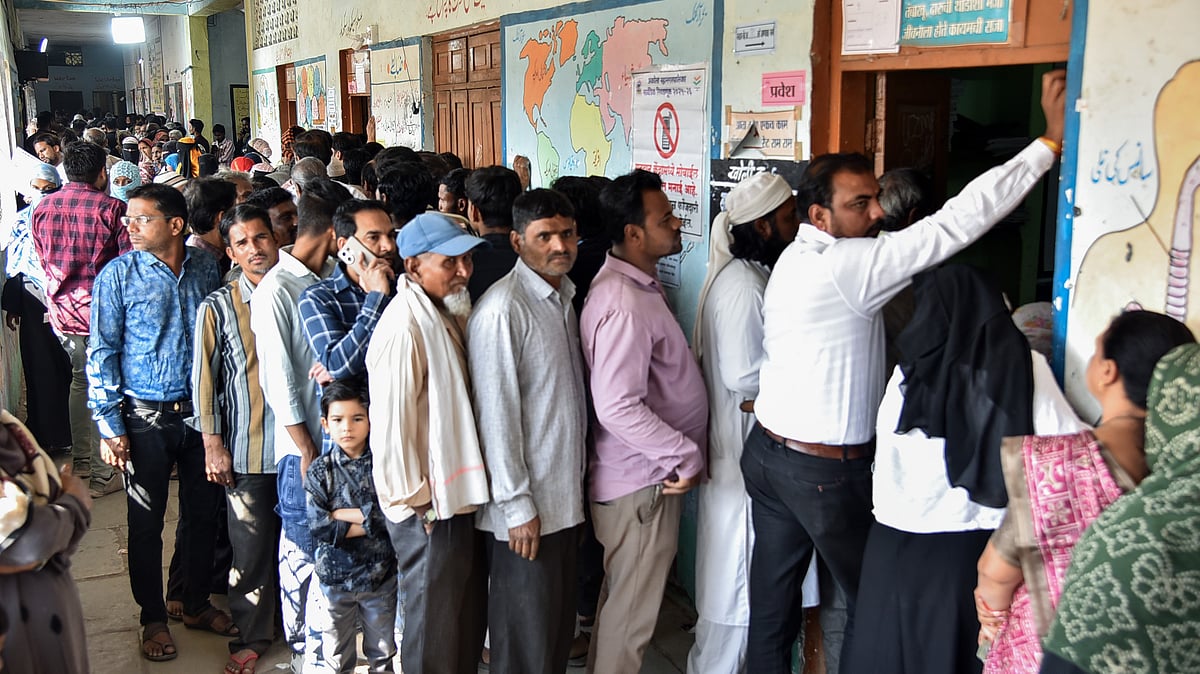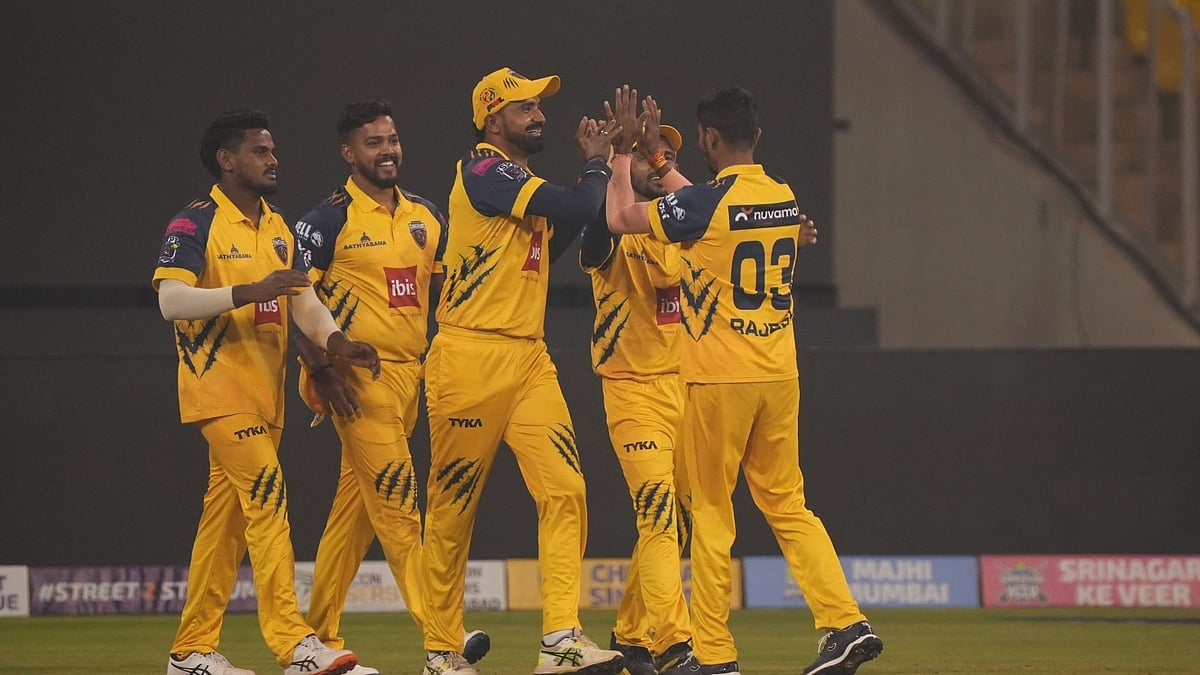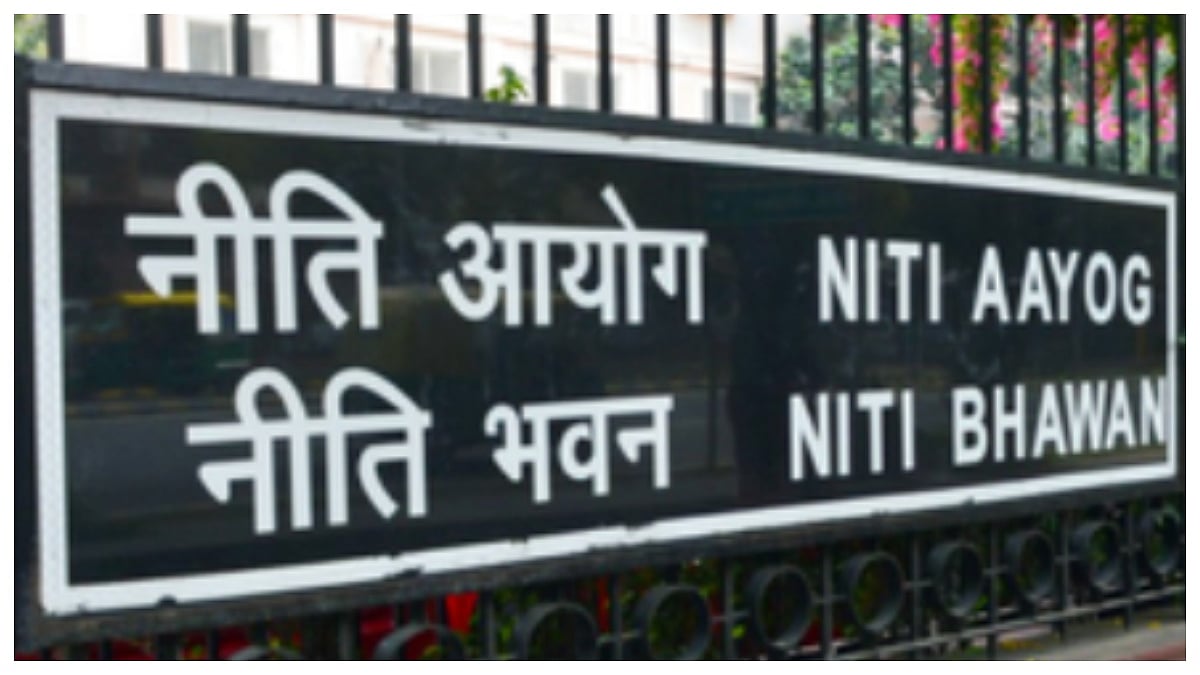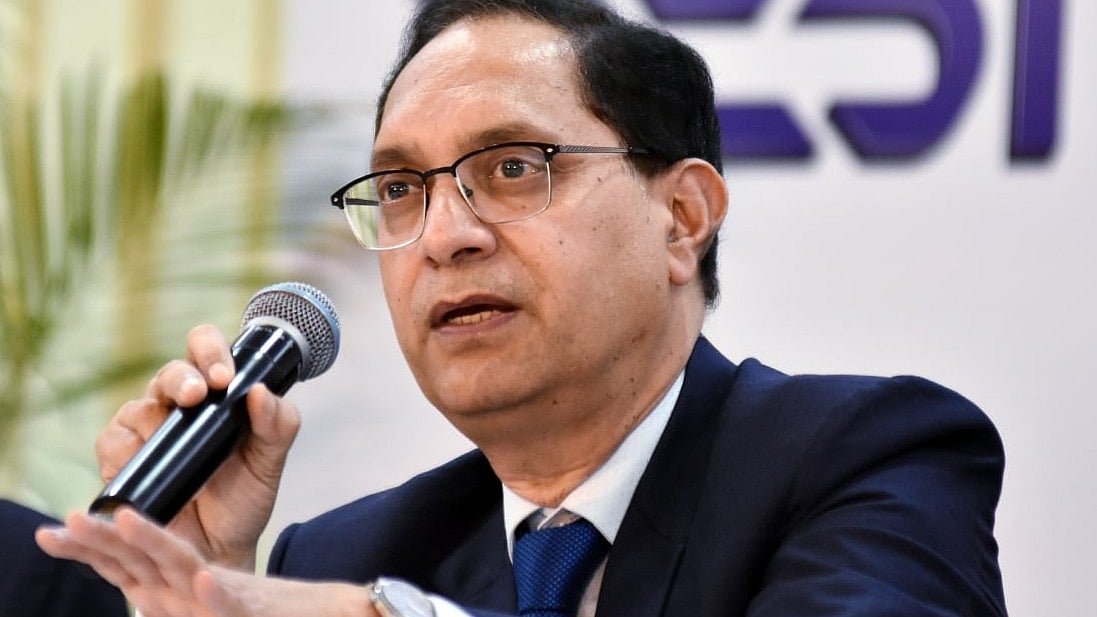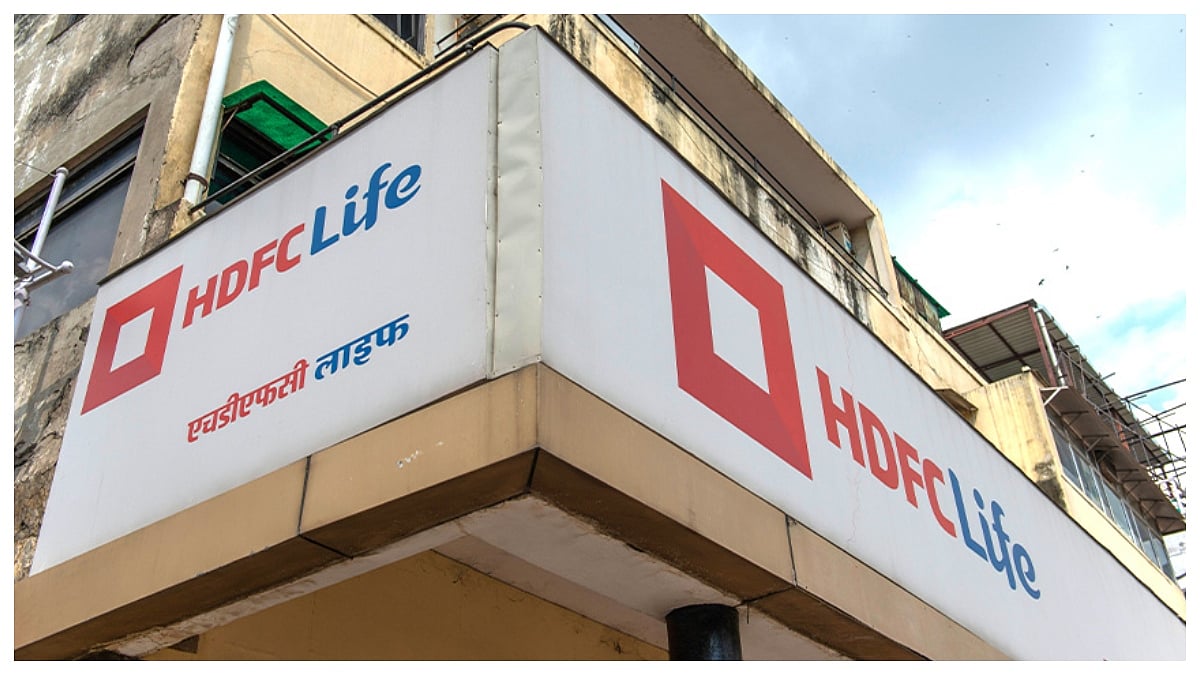Gaurav Burman is the VP & APAC President of 75F India, a Building Automation IoT company that launched its operations in India in August 2016, and has been growing steadily, acquiring several customers ever since. Recently recognised as one of the 50 Most Talented CMOs in India in 2013, and one of the 100 Most Talented CMOs in the World by the US-based CMO Council, Gaurav has handled diverse portfolios in his career including product management, alliances, channel sales, and enterprise sales.
Edited excerpts:
How has business been for 75F in India since 2016?
75F is a fast-growing startup, expecting to grow by triple digits this year too. Since 75F launched its operations in India we have expanded our product portfolio, entered new markets, and has started serving new verticals.
Across sectors and verticals, facility managers have been very positive towards our solution. Indian facility managers are increasingly becoming energy conscious while at the same time prioritizing occupant comfort and safety. Customers see value in investing in a truly predictive, pro-active and self-learning solution that drives away inefficiencies while increasing their bottom line.
75F today caters to an exciting breed of customers representing large and small enterprises that are looking for more efficiency, comfort and power at their fingertips. With over 1.3 Mn square feet under management and a happy clientele that includes brands like Firstsource Solutions, Flipkart, Bennett-Coleman Group, L&T Infotech, Shell, HP, ADAMAS Builders, and Mercedes Benz to name a few, we are very optimistic about our continued growth in India.
What is the demand like in commercial space that you operate in?
Energy Efficiency, business continuity, employee health and productivity, optimization and protection of assets or goods in a building, physical security and surveillance, etc. all form an integral part of today’s business objectives when it comes to commercial buildings and technologies such as IoT enable all of these at a much lower cost & in a more user-friendly way than before. Which is why though harnessing IoT to make buildings smarter is new today in India, our reading is that in three to seven years, everyone is going to be moving over to these predictive systems.
For 75F, the growth potential in the Indian subcontinent is huge where buildings are becoming people-centric with occupant’s comfort and preferences being given utmost priority. New building deployments represent an enormous opportunity with the growth drivers of the Indian economy appearing to be robust for the medium term. And much larger than that are the existing buildings, given that our solution is retrofit-friendly. Our market studies indicate the PAM for us in India to be approximately $1Bn.
What are the challenges in the space?
India is one of the key building automation & control system markets registering a double-digit growth rate and is expected to grow from a value of USD 53.66 Billion in 2016 to USD 99.11 Billion by 2022 according to the latest estimate by Markets and Market. The advent and increased adoption of smart, energy-efficient commercial buildings along with increased demand for comfort by the occupants will further catapult this building automation market toward a stellar growth paradigm.
However, the challenge remains in adoption of these new age technologies and in awareness levels. Indian companies remain sceptical about change and are slow to adopt emerging technologies. There needs to be heightened awareness about the impact of IOT and how it can benefit respective industry segments.
What are the new trends in India compared to rest of the world?
India’s HVAC and lighting requirements, customer priorities, market adoption rate, and as a result, market realities are very different from the rest of the world.
That said, there are 4 key trends most evident in the Indian commercial buildings segment – increasing automation across commercial spaces, increasing awareness of the need for energy efficiency, customers becoming more demanding in terms of comfort, air quality operational visibility & lastly new technologies making all of these benefits available at a price point affordable to most.
Large or small, the Indian business consumer is looking for efficiency & comfort, power in the palm of his hand, at a cost that is affordable.
Technology keeps evolving and being in the smart space also means upgradation. How does it impact your capex?
As far as core technology is concerned, the ability of 75F to adapt in a rapidly changing IoT landscape has enabled us to be more prepared for the changing customer and end-user needs. In addition to HVAC, where we have caused a paradigm shift by introducing proactive and self-learning control systems, we have also expanded our focus to advanced lighting and energy management solutions. In the coming years, the company aims to grow by entering new markets and also by serving newer industry verticals.
75F’s predictive solution is equipped with IoT and cloud-computing data storage and processing power, which is more efficient than standard building controls systems, and doesn't require the IT infrastructure of workstations or data center equipment CapEx investment, nor the corresponding ongoing OpEx maintenance. Plus, continuously-improving software and firmware updates are "pushed" over the air through cloud-based and local mesh-network wireless communications further improving operational efficiency.
India has been asking at least financial sectors to have their data centres in India and not in other countries. Do you see this have any affect on you’ll?
India’s data localisation push is slated to bring in many benefits – from efficiency and security to cost reduction and new business opportunities. However, while we leverage the power of the Cloud and edge computing in our solutions, we are not best equipped to comment on the impact of Financial and e-commerce companies moving their data to India.
What would be your wishlist in terms of law (cyber law/privacy is still developing in India)? How has changing rules impacted companies like yours?
It is encouraging to see India is scaling up its Cyber security laws and is also encouraging digitization through programs such as Digital India. These enhancements are crucial for the progress of the Indian business sector, as the preferred outsourcing destination for the world.
In an era of growing botnets, zombies and security breaches, IoT systems, in particular, need to keep safety a top priority at all times. The security of IoT has become a hot topic, for within the revolution of IoT lies the opportunity to subvert these devices to become part of a botnet. Out-of-date firmware, default admin credentials, and the sheer number of these devices can leave them vulnerable to attack.
75F believes in stopping cyber attacks before they start by enforcing correct design policies in the first place. High levels of encryption, multiple data storage locations, the enforcement of unique login credentials, and a hardened Android front-end are some of the ways 75F ensures security at every level of our system.
What factor impacts sale of your products and services (cost or accessibility)?
As a multinational company that provides a vertically integrated solution that includes hardware, software, managed services, and user interface to clients in the US, India, Middle East and Singapore we are impacted by various factors such as government policies, trade policies, availability of raw materials, manpower, etc. like any other company.
However, at 75F we have implemented a stringent process and workflows to ensure that none of the above factors impacts the availability, committed cost, or ROI of our solution. Operational efficiency is a common thread that runs through every single facet of 75F’s operations right from agile development to automated testing to lean manufacturing to JIT delivery to minimal install times to lower service times and higher uptime for customers. These also result in lower install and service costs and higher productivity.
Where has 75F seen growth coming from (cities in India)? At what rate are you’ll growing? What is your turnover in India?
Our growth strategy is to focus on a variety of business verticals such as- IT / ITeS, BFSI, Healthcare, Retail, Hospitality & Co-working spaces, etc. We're going to target the four metros in the beginning since that's where we see most potential and then expand gradually over the next 2-3 years to tier-2 cities. We are also expanding our offering by adding more solutions, enhancing our services suite and also deploying additional go-to-market channels. We have grown rapidly in recent months and we are expecting triple digit growth this year.
As of now, Mumbai and Bangalore are the cities where we have most of our projects. Chennai, Delhi, Gurgaon and Hyderabad are emerging cities on our list. In fact, we already have a few projects in Chennai and Delhi.
